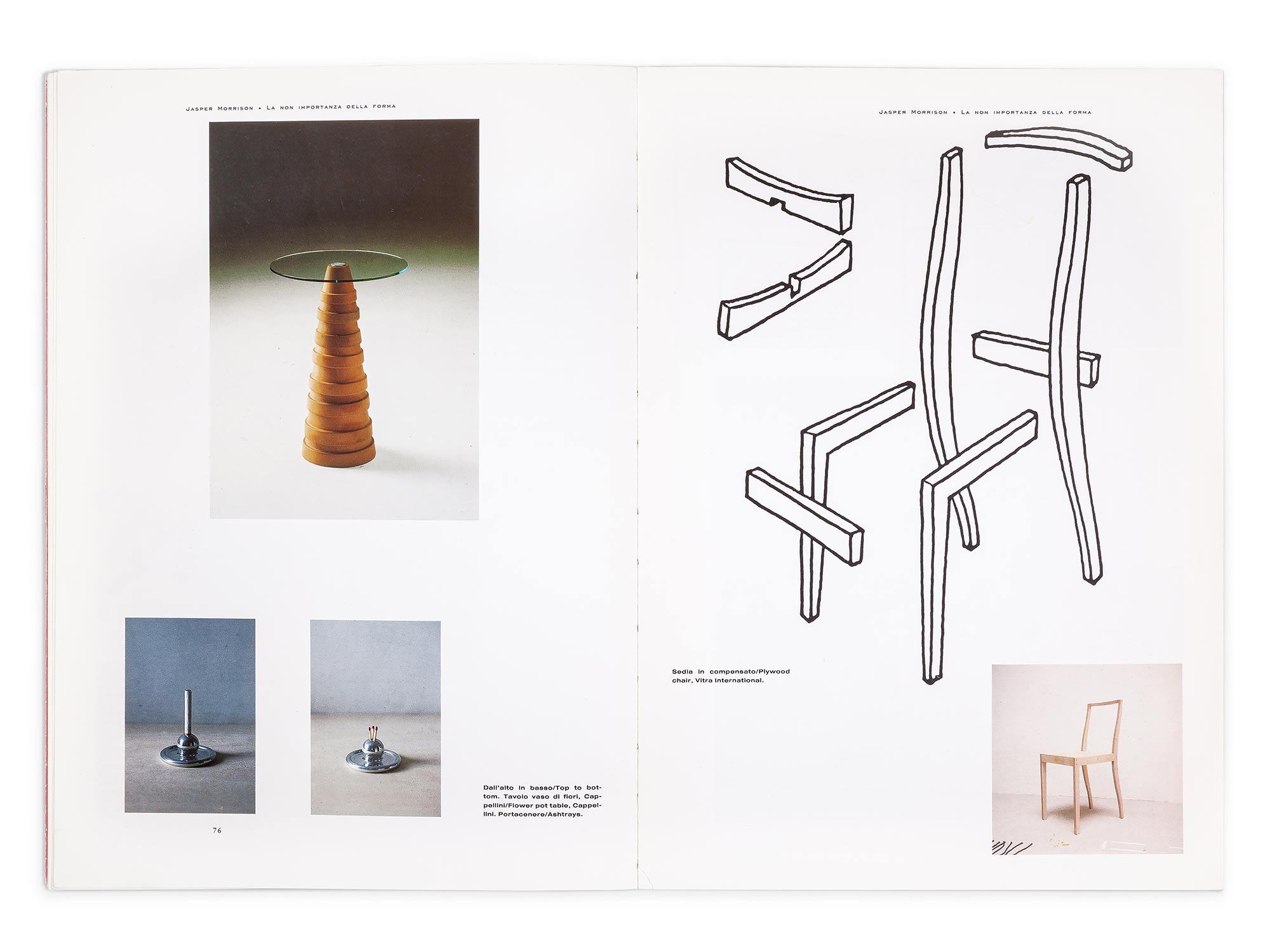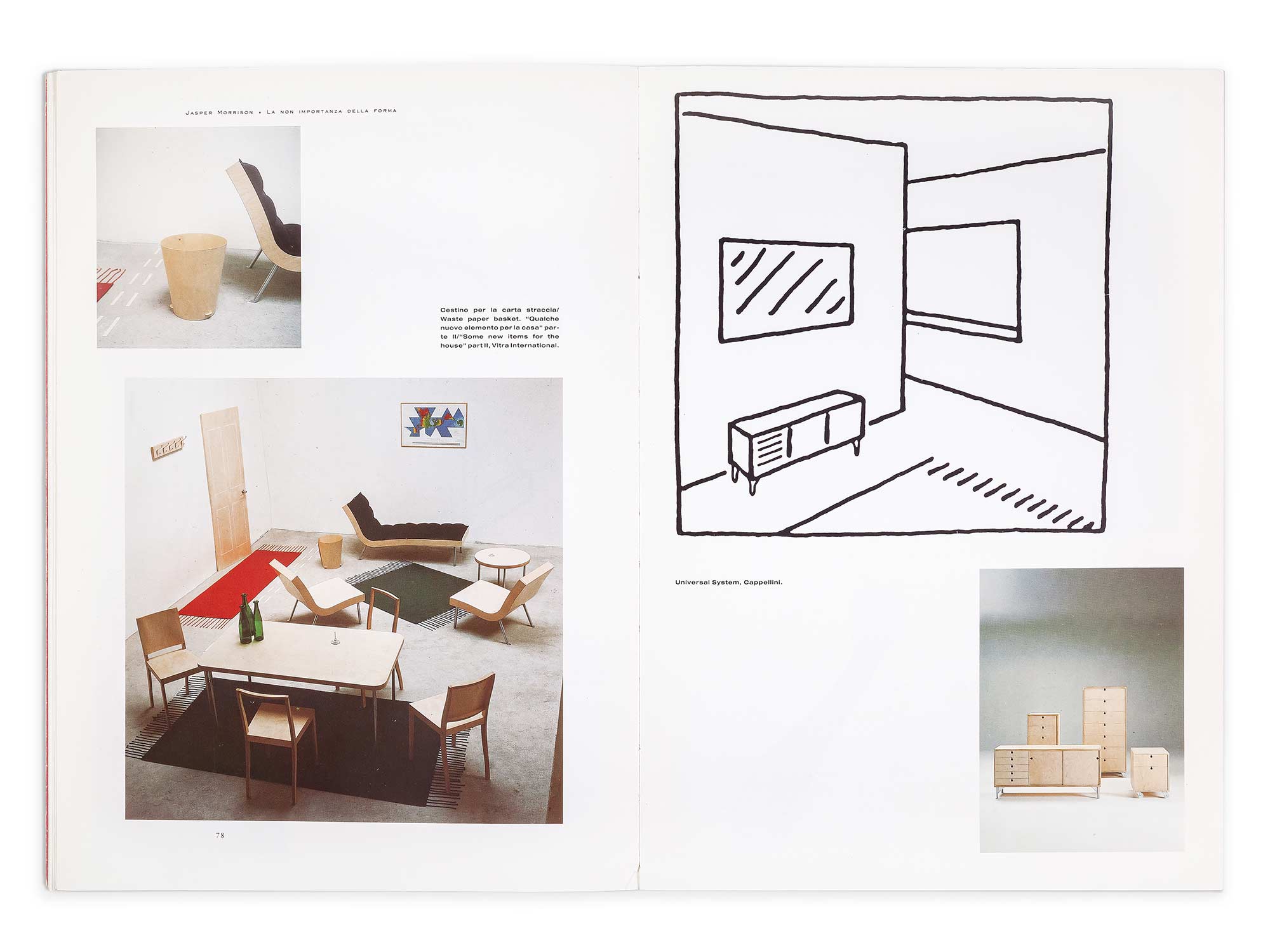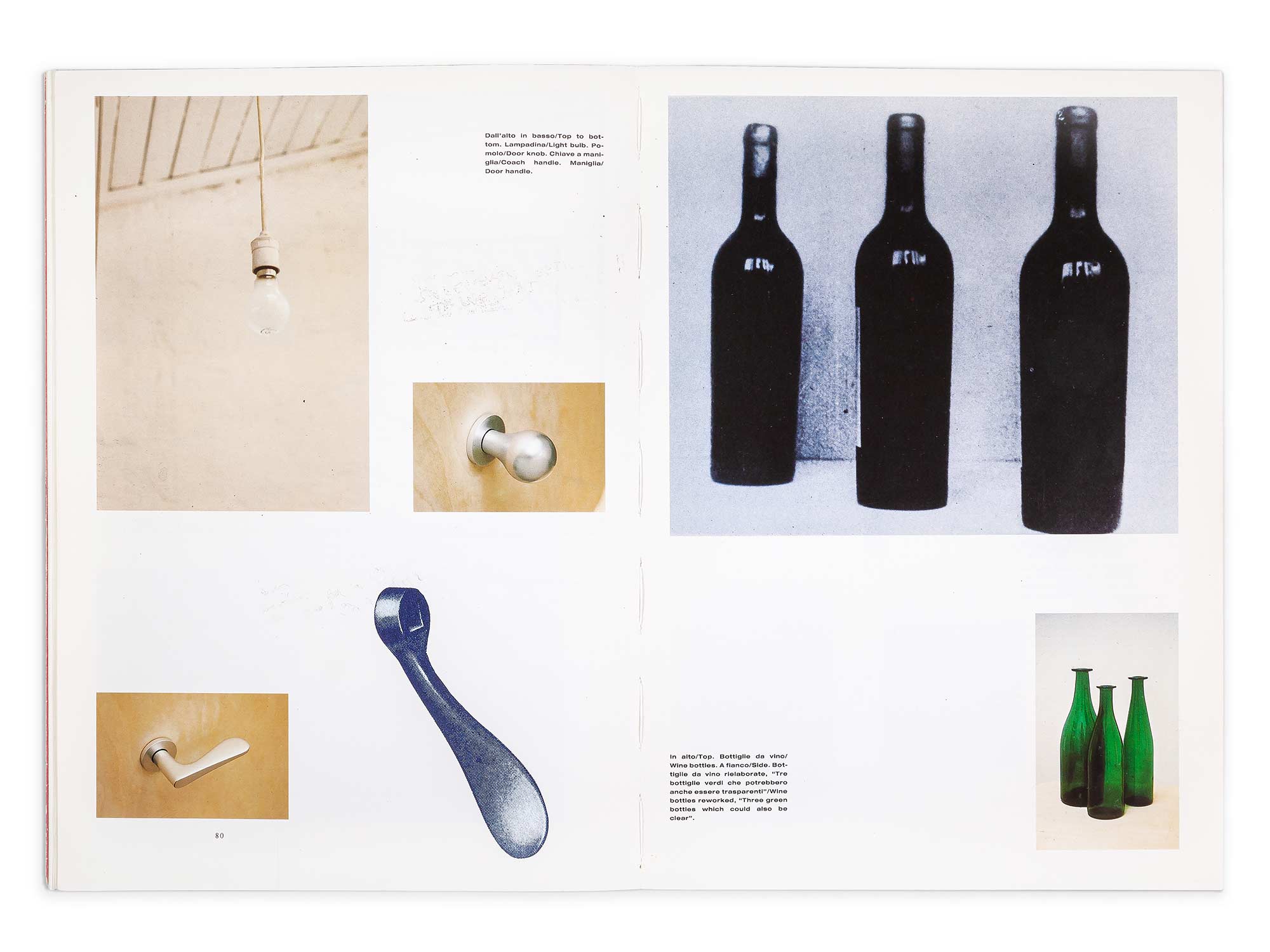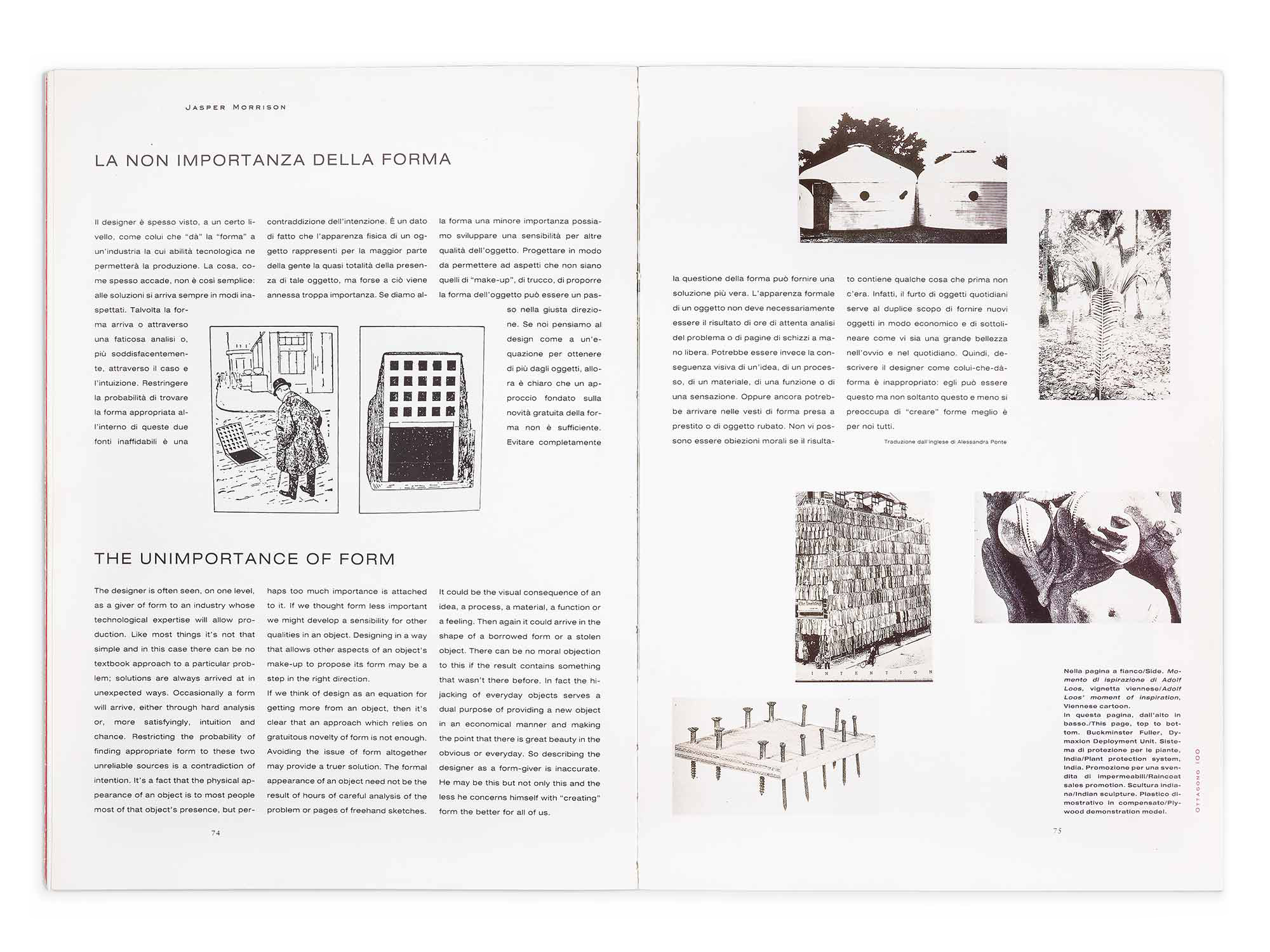



The designer is often seen as a giver of form to an industry whose technological expertise will allow production. Like most things it's not that simple and in this case there can be no text book approach to a particular problem, solutions are always arrived at in unexpected ways. Occasionally a form will arrive, either through hard analysis or, more satisfyingly, intuition and chance. Restricting the probability of finding appropriate form to these two unreliable sources is a mistake.
It's a fact that the physical appearance of an object is to most people most of that object's presence, but perhaps too much importance is attached to it. If we thought form less important we might develop a sensibility for other qualities in an object. Designing in a way that allows other aspects of an object's make-up to propose its form may be a step in the right direction.
If we think of design as an equation for getting more from objects then it's clear that an approach which relies on gratuitous novelty of form is not enough. Avoiding the issue of form altogether may provide a truer solution. The formal appearance of an object need not be the result of hours of careful analysis of the problem or pages of drawings. It could be the visual consequence of an idea, a process, a material, a function or a feeling. Then again it could arrive in the shape of a borrowed form or a stolen object. There can be no moral objection to this if the result contains something that wasn't there before. In fact the hi-jacking of everyday objects serves a dual-purpose of providing a new object in an economical manner and making the point that there is great beauty in the obvious or everyday. So describing the designer as a form-giver is inaccurate, he may be this but not only this and the less he concerns himself with creating form the better for all of us.
